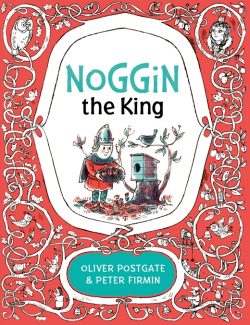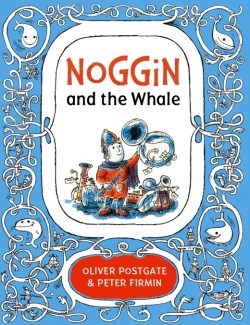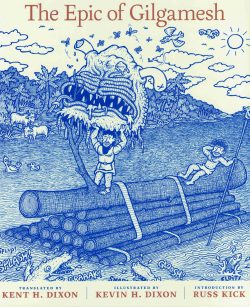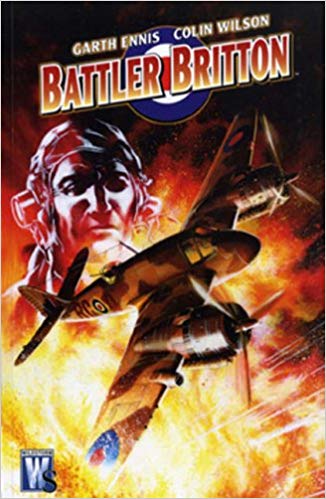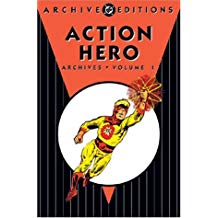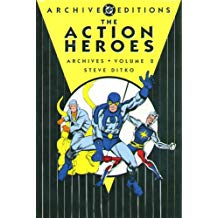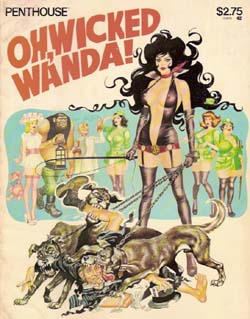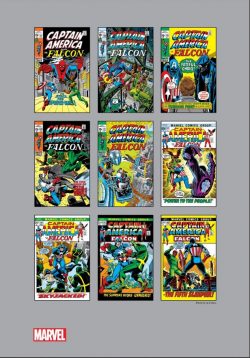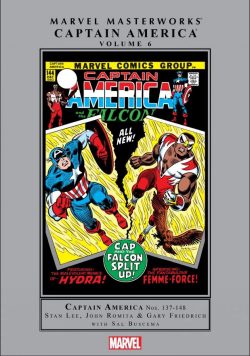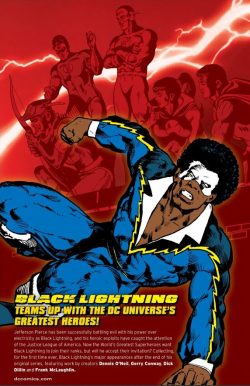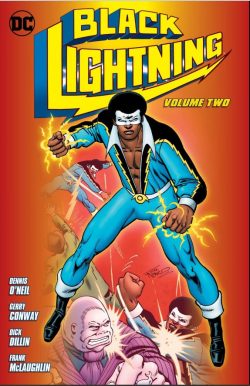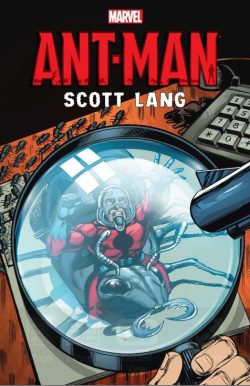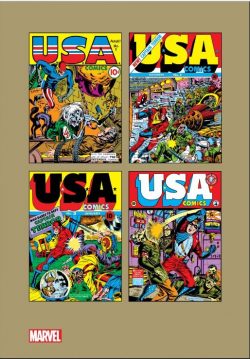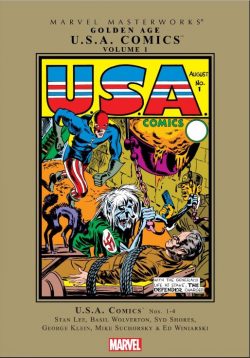

By Robert Deas, Jaimie Smart, Laura Ellen Anderson, Dan Boultwood, Joe List, Jess Bradley, Chris Riddell, Mike Smith & various (David Fickling Books)
ISBN: 978-1-78845-056-0
It’s summer and the kids will soon be on holiday and perpetually underfoot. Bored, whiny and in desperate need of entertainment and relief, their parents will try anything to win a moment’s peace…
I’m sure you’ve already exhausted every modern option so why not try something old school and get ’em a book. But not just any book…
Reminiscent of and in the tradition of those bumper comics summer specials that enthralled and defused generations of children afflicted with too much downtime, The Phoenix Colossal Comics Collection volume one contains a cartoon cornucopia of fun and thrills to bemuse the most demanding over- or under-achiever – and even those we’ll necessarily codify as Achievement-Adjacent…
Since its premiere in 2012, The Phoenix has offered humour, adventure, quizzes, puzzles and educational material in a traditional-seeming weekly comics anthology for girls and boys. The vibrant parade of fun and fantasy has won praise from the Great and the Good, child literacy experts and the only people who really count – a dedicated and growing legion of totally engaged kids and parents who read it avidly…
Now that similarity to days of yore progresses a step further with a summer (presumably Annual?) edition. Jam-packed within these glossy, full-colour pages are more exploits culled from the periodical pages, starring a pantheon of firm favourites.
Acting as a spine for the entire show and divided into four lengthy serialised chapters, scattered through the book, junior star warrior Troy Trailblazer leads off.
As crafted by Robert Deas (November, Manga Shakespeare: Macbeth, Medikidz) Troy the boy is an impetuous stellar sentinel who debuted in The Phoenix #10: offering riotous sci fi adventure combining light-hearted sidereal shenanigans with just a touch of dark and dreadful doom…
With his crew – advanced tactical droid Blip, animalistic alien associate Barrus and super-cool ultra-capable former bounty hunter Jess Jetrider – he roams the spaceways in a fabulous ship dubbed The Pathfinder.
Here Troy’s intense and absorbing gaming session is agonisingly spoiled at a crucial moment by a long-dormant cosmic super-intellect called the God Brain. After ages imprisoned by the oppressive Galactic Military organisation, the reawakened cyber deity’s first move is to take over the vast Cosmic Archives with his terrifying shapeshifting BioTeks… unless the constantly-squabbling Trailblazers can stop him…
Fast-paced, fun and not afraid to be really scary when it counts, this stunning interstellar thriller – excitingly told in a broadly manga manner – pauses for a faux ad and games break brought to you by Jess Bradley and the makers of yummy Squid Bits before a section dedicated to an ongoing vendetta between woodland warriors commences.
Concocted with feverishly glee by Jamie Smart (Fish Head Steve! and other stuff), Bunny vs. Monkey has been a Phoenix fixture from the first issue: recounting a madcap war of nerves and ideologies between animal arch-enemies set amidst an idyllic arcadia which masquerades as a more-or-less mundane English Wood.
The tail-biting tension and (so far) localised war of wits and wonder-weapons began when an obnoxious simian intruder popped up after a disastrous space shot went awry. Having crash-landed in Crinkle Woods – a scant few miles from his blast-off site – Monkey believes himself the rightful owner of a strange new world, despite the continual efforts of reasonable, sensible, genteel, contemplative Bunny to convince him otherwise.
For all his patience, propriety and poise, the laid-back lepine just cannot contain the incorrigible idiot ape, who is a rude, noise-loving, chaos-creating troublemaker. Things escalated once the simian interloper teamed up with a mad scientist skunk who is the master of many malign sciences and technologies…
In this tranche of turbulent tiny terrors Monkey manifests mayhem and almost causes a ‘Wrestlepocalypse’ in Skunky’s robotic Chomp-O-Tron before turning his own stomach when attempting to weaponize some very nasty stuff he finds on the ground in ‘Gross!’
With snow on the ground Monkey then finds a way to spoil the Great Sled-Off in ‘Tobog-Gone!’ and set back mammal-robot relations by picking on newcomer ‘Metal Steve 2!’, before a seemingly new menace terrorises the woodland folk in the dark guise of ‘Destructo!’
When the weather clears up Monkey’s Double-Barrelled Supercharged Snow-Cannon-Tank is suddenly deprived of ammo until the devilish pest repurposes his toy to fire chutney. Sadly, even this resultant chaos is insufficient to his comprehending ‘The Message!’
A brief and sudden return of ‘Skunky!’ only leads to disappointment, but his crazed influence remains to monsterize the ‘Pretty Flowers!’ whilst the debut of bounty hunter ‘Alan!’ (Armoured Locating Armadillo Network) threatens to destabilise the ongoing conflict until the big bully gets on the wrong side of gentle, peace-loving Pig’s ice cream…
Too much of the good life slows down our friends so they convince Le Fox to help them ‘Get Fit!’ just in time to face Skunky’s robotic Vulturaptors in ‘Terror from the Skies’, but when night falls huge ‘Bobbles!’ from the sky spark fears of alien invasion…
The good guys then try to invade Skunky’s new HQ ‘The Temple!’ just in time for ‘The Audition!’ to join the mastermind’s new gang the League of Doom. Sadly, the only one to make the grade is meek Pig in his new guise of ‘Pigulus!’…
As concocted by Chris Riddell & Mike Smith And Now for Something a Little Bit Random provides a portion of palate-cleansing carton whimsy, after which Joe List proffers a raft of daft detective adventures starring improbable sleuth Doug Slugman P.I.: an ambitious, go-getting gastropod mollusc with a million secret origins and a drippy determination to dig out the truth, no matter how surreal, nonsensical or hilarious…
After ten of these single-page icky exploits and crazy cases, the titanic Trailblazer saga resumes – and seemingly concludes – as Troy and team save the Cosmic Archive and the intergalactic cyber network in an epic battle.
However, all is not as it seems…
And Now for Something Else a Little Bit Random offers more abstract titbits before true wickedness is highlighted with the return of an old favourite…
Conceived and created by children’s book illustrator and author Laura Ellen Anderson (Kittens, Snow Babies, My Brother is a Superhero{with David Solomons}), Evil Emperor Penguin lurks in a colossal fortress beneath the Antarctic, where he strives tirelessly towards his stated goal of absolute global domination.
His only assistance – if you can call it that – comes in the form of an army of hench-minions: most notably stylish, erudite administrative lackey Number 8 and cute, diminutive, fuzzy, loyal, utterly inventive abominable snowman clone Eugene. Evil Emperor Penguin had originally whipped up a batch of 250, but none of the others are anything like Eugene…
EEP then appointed the fluffy, bizarrely inventive tyke his Top Minion but somehow never managed to instil within him the proper degree of ruthless evilness. The hairy halfwit is, however, a dab-hand with engineering, building stuff and cooking spaghetti hoops, so it’s not a total loss…
The polar pirate starts this latest campaign of terror by attempting to become ‘World Misleader’ with his fearsome Freeze Ray. First off though he must get himself invited to the notoriously select World Leaders Annual Disco…
‘Diet Another Day’ sees the wicked fiend creating a super-addictive Abominable Snowbar taste-treat. That world-domination scheme would have worked, too, if only he hadn’t tried just one bite…
‘The Good, The Bad & the Paulo’ parts one and two find the villain meeting his match when he is accidentally captured by animal keepers and dumped in Metropolis Zoo. Helpless before the mobbed-up gangster penguin who runs everything, EEP can only thank his lucky stars that Eugene and number 8 quite like being bossed about…
Safely home, the minions plan a ‘Happy Hatch Day Surprise’ for their great leader but keeping him from finding out about it almost ends in disaster…
Another dose of Jess Bradley’s diverting digressions courtesy of sub-par sponsor Squid Bits then logically segues into an adventure of Squid Squad! (by Dan Boultwood, Esq.). Dwelling “way down deep in the ocean†and sworn to “protecting Octopolis from evil commotionâ€, this trio of junior tentacled marine marvels have their undersea school trip ruined by the predations of insidious collector The Diver and are forced to physically join forces in the coolest way imaginable…
After another aggregate assemblage of ephemera in And Now for Something That’s Still Pretty Random the Trailblazer epic continues as our young hero basks in his well-deserved universal adoration. He even gets to star in his own TV show. Before long, however, Troy’s swelled head and the devious machinations of his unctuous new manager have alienated the entire team…
And that’s when the cunning God Brain strikes, replacing Troy with an evil avatar and wrecking his galactic reputation whilst advancing its own diabolical agenda…
One last heaping helping of Squid Bits precedes the arrival of the last star turn as Looshkin – the Adventures of the Maddest Cat in the World!! adds a sleek sheen of feline frenzy to the mix.
Devised by Jamie Smart (yeah, the chap who did Bunny vs. Monkey, Corporate Skull and bunches of brilliant strips for Beano, Dandy and others) this is a brilliantly bonkers addition to the vast feline pantheon of truly horrifying hairballs infesting cartoondom.
This anarchic kitty is just like yours: cute, innocently malign and able to twist the bounds of credibility and laws of physics whenever the whim takes him…
Quite naturally, the epic begins with an origin of sorts as Mrs Alice Johnson brings home a kitten from the pet shop. Not one of the adorable little beauties at the front of the store, though, but the odd, creepy, lonely little fuzzy hidden at the back of the store…
The Johnsons are not your average family. Firstborn son Edwin watches too many horror films and keeps a book of spells in his room whilst Dad is a brilliant inventor who needs peace and quiet to complete his fart-powered jet-pack or potato-powered tractor. It’s not long before those days are gone for good…
The sweet little daughter isn’t all she seems either: when kitten Looshkin is subjected to an innocent tea party in the garden, her toys all secretly warn the cat of the horrors in store. All too soon teddy bear Bear is subjected to a hideous cake-arson assault.
Surprisingly, Looshkin takes it all in stride and even escalates the carnage and chaos whenever and however he can. It seems he has found his natural home… or is it all in his be-whiskered little head?
The selection continues with a visit from Great (rich) Auntie Frank with her precious ultra-anxious prize-winning poodle Princess Trixibelle. They are extravagantly feted with a bonanza of ‘Cheeeeeeeeeeeese! (Please)’, but once again the cat’s misapprehensions lead to anger, upset and a rather nasty stain…
A door-stepping political candidate falls foul of the cat’s anarchic soul and disguise skills in ‘Old Lady Looshkin (Wears Frilly Knick-knacks!)’ after which all semblance of reality fades in ‘Blarple Blop Blop Frrpp! (Bipple!)’ when the frenzied feline gets an attack of the friskies – and a frying pan – before starting to rush about…
‘Colour in with Looshkin’ details what happens if you let a cat help with home decoration whilst ‘Jeff’s Photocopying Services’ pits cat in almost-mortal combat against street advertisers and a mystic masquerade before ‘The Sparrow (A Funny Story About Things)’ recounts the cat’s response to the advent of new superhero the Bluetit defending with daring and dedication the local streets and avenues…
The moggy madcappery then concludes when an escaped penguin incites a bout of icy thermostat-abuse in ‘Cold for this Time of Year (I Can’t Feel my Legs!)’
Utterly loony and deliciously addictive, this diabolically daft glimpse at the insanity hardwired into certain cats (probably not yours, but still…) is another unruly and astoundingly ingenious romp from a modern master of rebellious whimsy, acting as a perfect counterpoint to the bombastic, all-guns blazing finale of Trailblazers as the team reunite to save public enemy number 1 Troy and crush the menace of the God Brain forever!
Or have they…?
Packed with fun, thrills and the type of bizarre, nonsensical wonderment kids love but can’t explain to anyone over 21, The Phoenix Colossal Comics Collection volume one is a superb package of British-style children’s humour and adventure any parent should be proud to own. Deploy as required…
Text and illustrations © 2018Robert Deas, Jamie Smart, Laura Ellen Anderson, Dan Boultwood, Joe List, Jess Bradley, Chris Riddell, Mike Smith as appropriate. All rights reserved.
